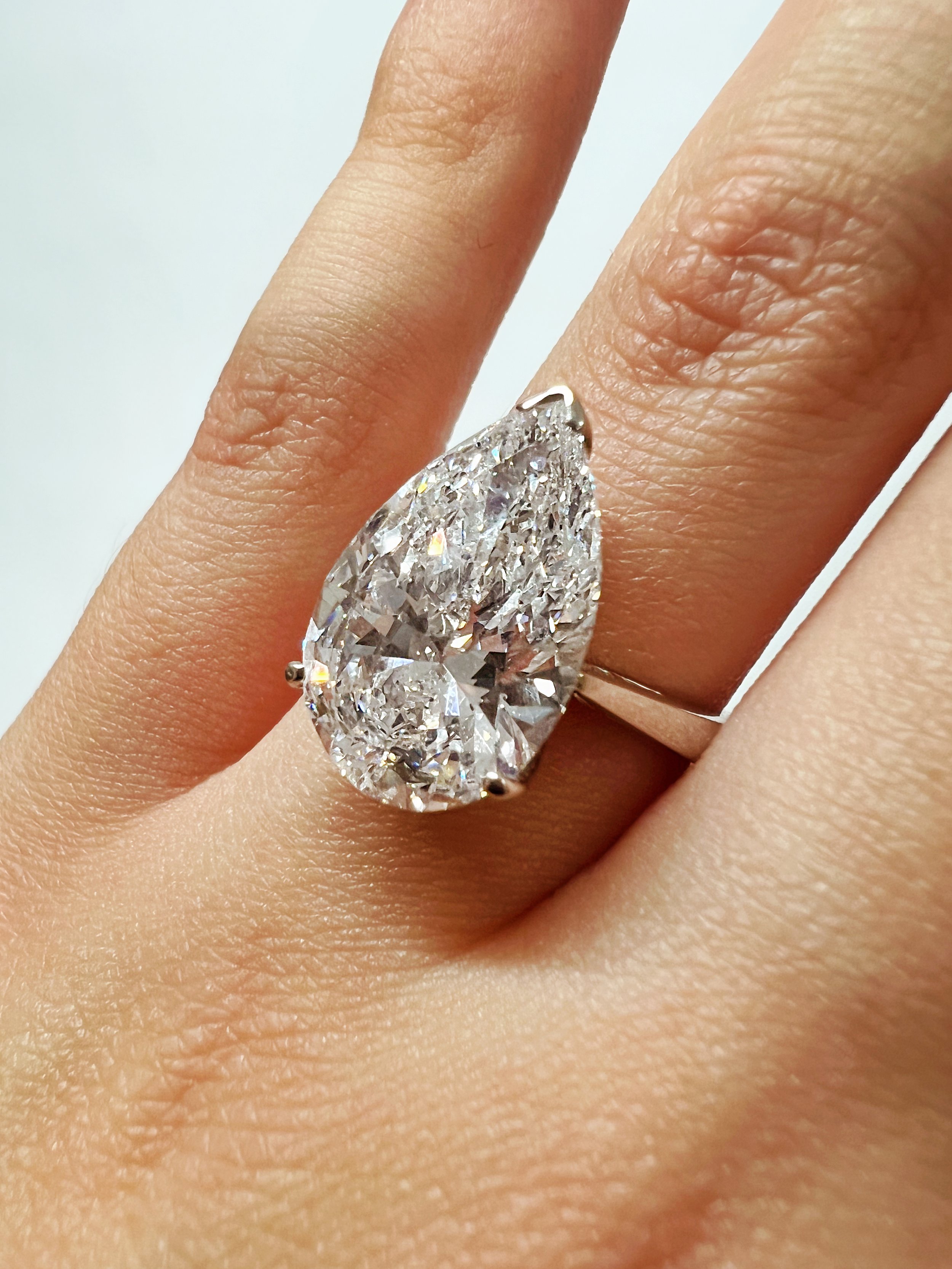Demystifying Diamonds
A Primer on Cut, Colour, Clarity and Carat
Since the early days of the gem route from India into Europe, diamonds have been romantic tokens, signifiers of status and symbols of luxury.
Understanding the ‘4Cs’ of diamond grading empowers buyers to make informed decisions when selecting these treasures. Whether it’s an engagement ring, a statement necklace, or a riveting pair of earrings, these categories provide a framework for appreciating the brilliance and uniqueness of each diamond, allowing you to find the gem that truly resonates with your heart and style.
Evidently, global grading standards have been necessary to ensure consistency across markets. Alongside the Gemological Institute of America (GIA) specialists have agreed on four simple categories (known as the 4Cs): Cut, Colour, Clarity and Carat to grade each diamond on their quality and value.
CUT:
Raw diamonds are fairly shapeless and it takes a certain degree of artistry to coax enviable gems from them. Specialists use several methods to express the natural geometry of these pieces while minimising waste and bringing out the most sparkle available. To do this, experts need to cut and polish in a way that ensures the stone’s facets align and are perfected to reflect and refract light. The ‘Cut’ is graded on a scale from ‘excellent’ to ‘poor’ and encompasses aspects such as symmetry, polish, and overall craftsmanship. A perfectly cut diamond, regardless of its size, can outshine larger stones with poor cuts and that is why a great level of technical expertise is required to create perfect angles and proportions.
COLOUR:
In the world of diamonds, purity is king and the ‘Colour’ grade evaluates a diamond’s lack of colour, with the most valuable ones being entirely colourless. Colour in diamonds comes from chemical impurities: a blue diamond, for instance, contains boron while a yellow, nitrogen. However, their presence is often very subtle and grading such miniscule changes in hue and shade requires either generational knowledge or highly calibrated equipment. The ‘Colour’ grade is a scale of 23 shades that range from D (colourless) to Z (light yellow or brown). Each letter represents a slight variation in hue, with D-grade diamonds being the purest and most prized.
CLARITY:
Diamonds are formed as carbon and is put under tremendous heat and pressure well over 150 kilometres deep within the earth’s crust. This organic process means that the carbon is often mixed with other elements; traces of other minerals or uncrystallised carbon. Clarity refers to the presence of internal or external imperfections, often referred to as inclusions and blemishes. The ‘Clarity’ is graded from ‘Flawless’ (no inclusions or blemishes visible under 10x magnification) to ‘Included’ (inclusions and blemishes visible to the naked eye). A diamond with higher ‘Clarity’ is more valuable because it allows more light to pass through, enhancing its sparkle and brilliance.
CARAT:
In broad terms, this measures the size of a diamond. The word ‘carat’ has its origins in ancient Greece where gem traders used the small, uniform ‘carob’ bean seeds as counterweights in their balance scales. Nowadays one carat is equivalent to 200 milligrams and measurements are taken to the hundredth decimal place to guarantee utmost accuracy. Although larger specimens are rarer, they are not necessarily always more valuable unless other categories of the 4C’s are also of a high standard.
View all articles & videos here






